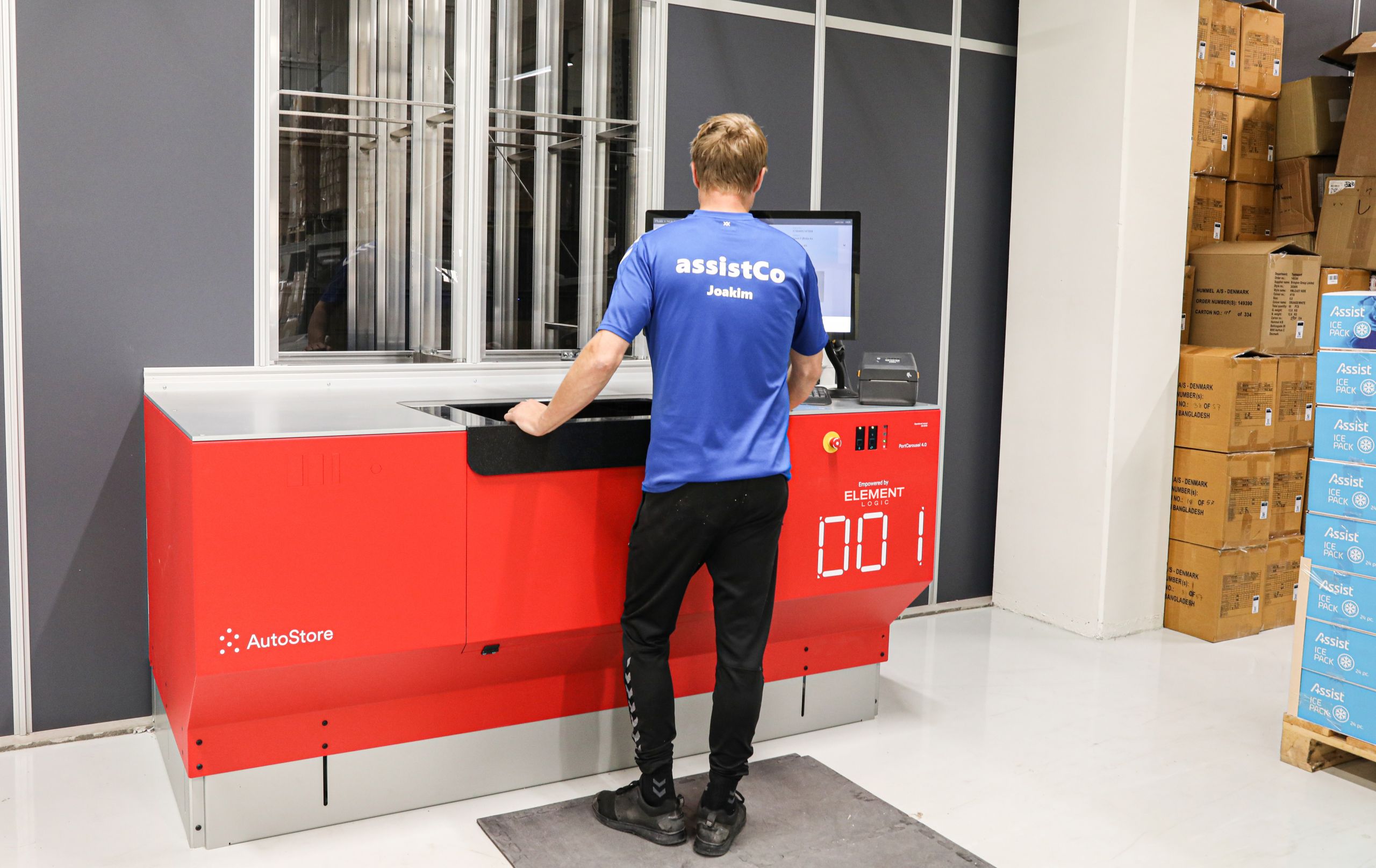Seven Key Benefits of AI-Driven Warehouse Operations
The increasing use of AI in warehouse operations marks the transition to ‘smart warehouses’, significantly enhancing efficiency, accuracy, and optimization. But what does the future hold for AI-driven warehouse management?

The omnipresence of AI
AI refers to the capability of machines to execute tasks that traditionally required human intelligence. This encompasses abilities like planning, reasoning, communicating, and learning, significantly enriching our lives. For businesses, AI significantly reduces operational costs while boosting efficiency and profitability. According to McKinsey’s State of AI report, 56% of businesses have already implemented AI in at least one function—a number that increases to 57% in emerging economies like China, the Middle East and North Africa, and is expected to continue rising.
AI promises a dynamic, agile, and responsive warehouse of the future. The intelligent integration of machine, process, and product data represents a monumental advancement in AI applications within warehouse operations, enabling groundbreaking process optimization.
Benefits of AI-driven warehouse
Here are seven benefits of AI in warehouse operations that will boost intralogistics efficiency:
- Intelligent demand forecasting and inventory optimization
Using AI algorithms to analyze historical data, market trends, and other variables enables precise demand forecasts. This advanced forecasting helps warehouses refine supply chain processes, anticipate market demand shifts, and make informed decisions about procurement, transportation, and inventory management.
- Predictive maintenance and equipment optimization
AI enhances warehouse management by predicting equipment breakdowns and maintenance needs using real-time data from sensors and monitoring systems. This proactive approach minimizes downtime, reduces maintenance costs, and ensures optimal performance of essential machinery and infrastructure.
Read how eLogiq uses advanced algorithms to predict potential robot failures in an AutoStore-system before they occur, ensuring uninterrupted operations and minimizing downtime.
- Enhanced order fulfillment and logistics
Leveraging AI-powered algorithms, smart warehouses can enhance the efficiency of order picking routes by factoring in variables like product attributes, picking frequency, and real-time order priorities. This results in improved order accuracy, increased throughput, and reduced labor costs.
- Robotics and automation
AI-driven robotics and automation, including autonomous mobile robots (AMRs) and robotic piece picking solutions, transform warehouse operations. These intelligent systems navigate through warehouse aisles, locate specific items, and efficiently perform tasks such as picking, sorting, and packing.
Incorporating AI-powered robotics into warehouse workflows can boost productivity, improve safety, and minimize human errors. For instance, integrating Element Logic’s robotic piece picking technology, eOperator with an AutoStore solution enables secure and accurate picking, cost-effective labor utilization, and a streamlined supply chain, demonstrating high profitability and rapid warehouse automation return on investment (ROI).
- Real-time visibility and asset tracking
Technologies like computer vision, RFID, and IoT devices leverage AI to offer real-time insights into warehouse operations. This visibility enables proactive decision-making, accelerates problem resolution, and boosts overall operational efficiency.
- Continuous improvement and process optimization
AI-driven systems continually analyze data, track performance indicators, and identify improvement areas. Leveraging these insights allows warehouses to streamline workflows, pinpoint inefficiencies, and cultivate a culture of continuous improvement.
- Enhanced safety with an AI-driven warehouse
AI-driven automation not only streamlines warehouse management but also enhances safety and materials handling by analyzing safety data, monitoring stocking parameters, and facilitating prompt maintenance actions. This proactive approach ensures high safety standards and compliance, while reducing manual labor decreases accident rates.
Making an AI-driven warehouse work
Implementing AI in warehouse operations comes with challenges, such as the dependency on data quality and significant technological investments. However, with the right strategy and expertise, the transformative benefits of AI in warehousing can be fully realized, leading to improved customer experiences and a competitive edge in the dynamic intralogistics landscape.
Want to learn more? Download our free whitepaper: Unlock your warehouse’s full potential with AI


